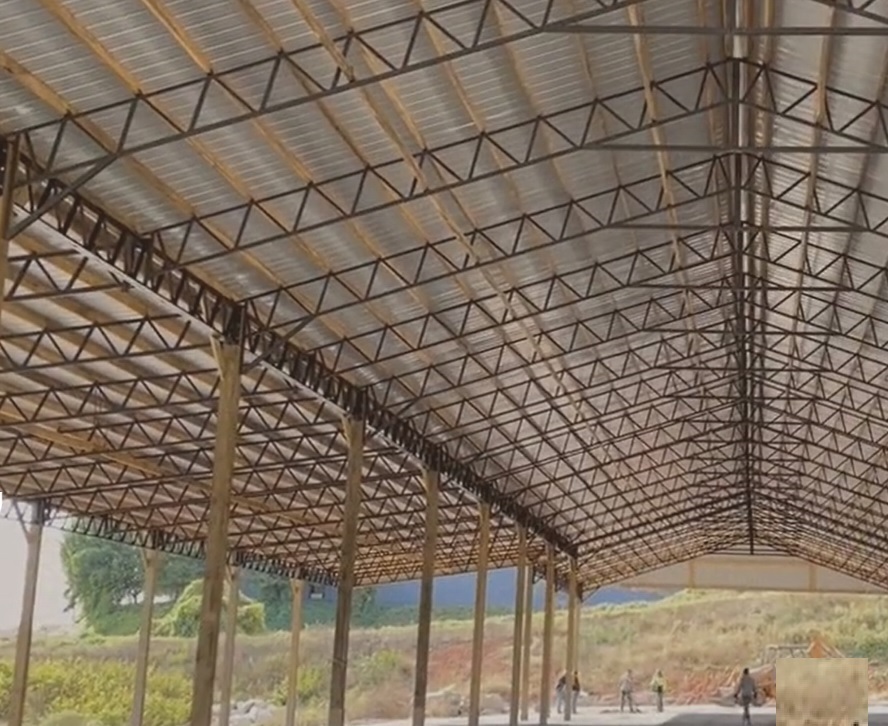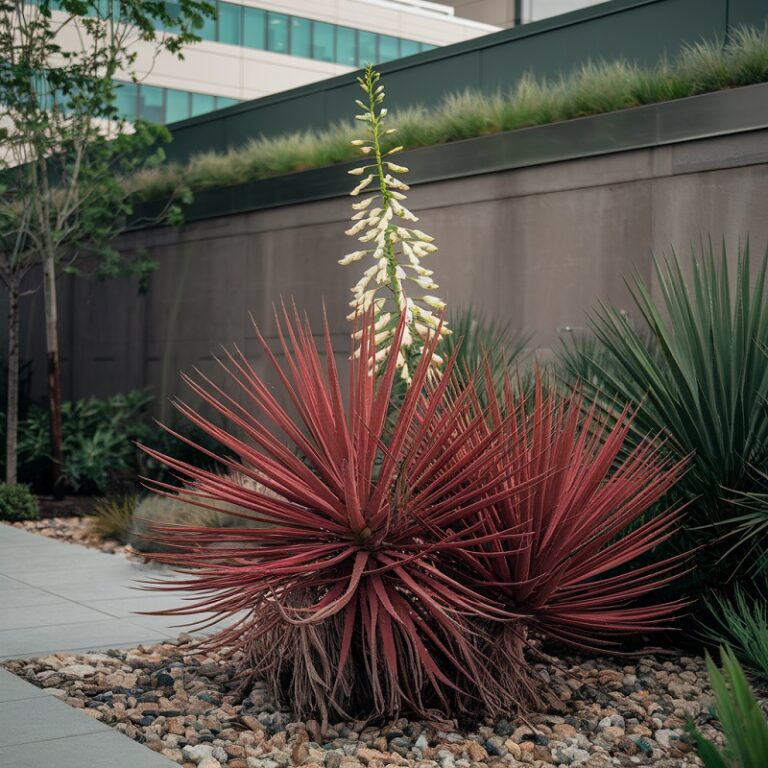Do you know what can make or break a construction project? Okay, in all honesty, a lot of things, but the right truss type is definitfefly one of them. Trusses are the backbone of the building’s structure; they carry loads, keep it stable, and shape open spaces.
So, what happens when there’s a choice between bar joist trusses and traditional wood trusses? It’s not about aesthetics or preference. What you need to look for is longevity, sustainability, and safety. Apart from these features, there’s also the price that you need to consider, both upfront and long-term.
Let’s see what to choose.
Structural Advantages of Bar Joist Trusses vs. Wood Trusses
If you’re constructing a building, your main priority is meeting structural requirements, and the truss type directly affects them. Spoiler – bar joist trusses are a better choice, and here’s why.
1. Structural Needs
A building has to have a strong framework to support the weight, especially if it’s a large or a commercial building, and the trusses you choose have to be able to do this.
Bar joist trusses are made of steel; they’re durable, resilient, and all in all, much more appropriate and efficient than wood trusses. Steel has less risk of warping, rotting, and deteriorating over time, unlike wooden ones, which are very susceptible to environmental factors.
2. Span Capabilities
One of the best things about bar joist trusses is that they can span large areas without needing interior support columns. This is because they’re made of steel and have an open-web design. Engineered wood can cover moderate distances and you’ll often need extra internal supports if you’re working with a large area.
This can work, of course, but it’s not ideal for open-space layouts. If you’re building a smaller, residential structure, wood trusses will do fine, but anything other than that will need something more substantial.
3. Fire Resistance
This is another big advantage, especially for commercial buildings. Steel is far more resistant to fire than wood because it’s non-combustible and it keeps its integrity even in extremely high temperatures.
Wood just can’t match this because it ignites relatively easily and it burns quickly. If there’s a fire, this will lead to structural failure pretty fast.
Comparison of Cost and Efficiency
Knowing which option is generally better might not be enough to make your choice because the cost is a big factor in deciding.
Let’s compare the prices and performance.
1. The Price of Material and Installation
As you’ve probably guessed, bar joist trusses are more expensive because steel costs more than wood as a raw material. Steel’s inherent strength and durability is what cranks up the cost of material for bar joist trusses, so they’re a big investment in the early stages of the project.
Plus, installing them takes specialized labor and equipment; steel is heavier and needs to be handled precisely or you risk instability. But this investment is usually more than justified in large projects.
Wood trusses, on the other hand, are cheaper, and regular contractors can install them; you don’t need to pay extra for specialists.
2. Maintenance and Long-Term Costs
Bar joist trusses are a winner in this category because they need less maintenance, so there’s fewer maintenance costs. Because steel is so durable and resilient, it doesn’t need to be repaired frequently, or replaced. Wood trusses are a different story, though, especially if they’re in a humid environment, or somewhere with a lot of pests.
Wood can rot, moisture affects it, and termites just absolutely love it as a snack, so you’re looking at some pretty pricey maintenance.
3. Efficiency in Construction and Project Timelines
Again – bar joist trusses take the cake. They are much more efficient because they don’t need internal support and they span large distances. As a result, you have more flexibility in layout and design, and you don’t need as much additional material.
All of this speeds up the timeline. Wood trusses do fine on smaller and residential projects, but you’ll have a hard time using them for big projects.
They can complicate the construction process because they need more material for support, and spending time on reinforcing the structure will slow the project down.
Conclusion
The key takeaway? Go for bar joist trusses if you can, and if you’re working on a big project, then you’re setting yourself up for a disaster if you don’t.
Okay, that’s a bit dramatic, but you’ll have a really hard time completing a factory, for instance, if you use wood trusses. Yes, you’ll need to spend more money upfront, but in the long run, you’ll actually spend less because your project will be done faster, plus you won’t need to spend nearly as much on maintenance.
Bar joist trusses really have only one downside, and that’s the upfront cost.




